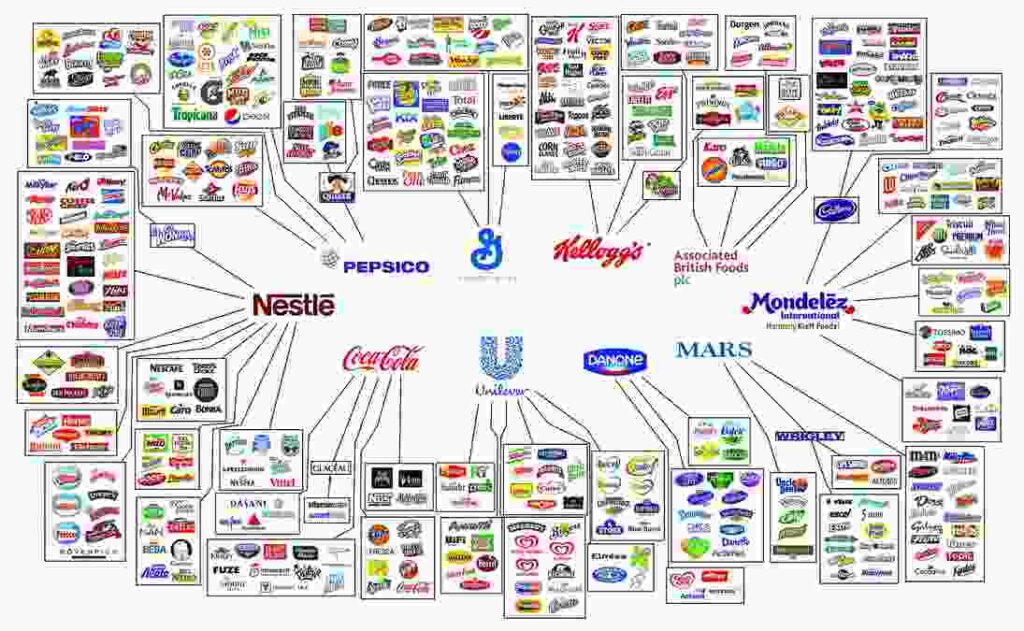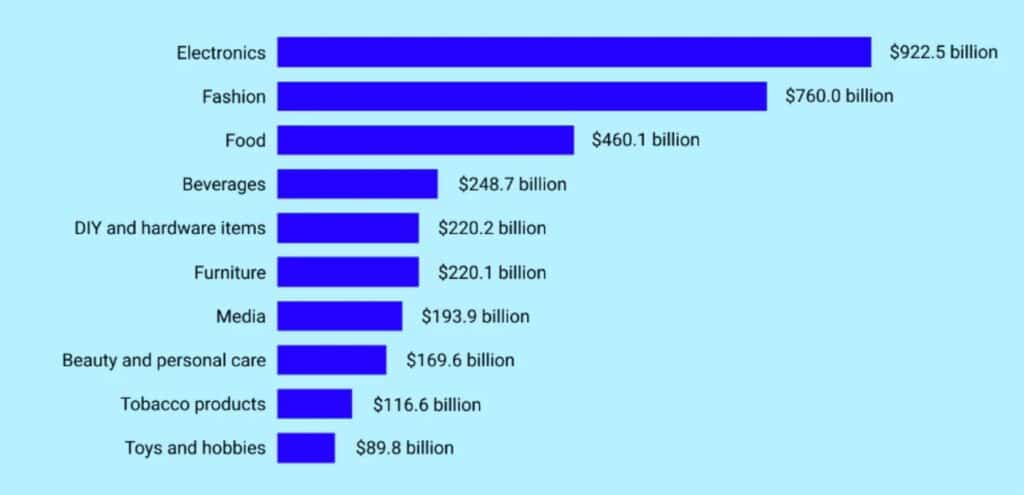The Ultimate Guide to Choosing the Best Consumer Products

When it comes to making informed purchasing decisions, understanding consumer products is essential. In a market saturated with options, selecting the right product that suits your needs can be a daunting task. This comprehensive guide aims to simplify your decision-making process by providing in-depth information on how to evaluate and choose the best consumer products. Whether you’re in the market for electronics, household appliances, or personal care items, this guide will equip you with the knowledge necessary to make smart choices.
What Defines a Top Consumer Product?

In the realm of consumer goods, a top-tier product is one that excels in quality, durability, functionality, and user satisfaction. These products not only meet but often exceed consumer expectations. The factors that contribute to the standing of a consumer product include its design, performance, ease of use, and value for money.
- Quality: The cornerstone of any superior product. Quality assurance ensures that the product is reliable and long-lasting. High-quality products are typically backed by strong warranties and positive consumer feedback.
- Durability: A durable product withstands wear and tear over time, proving its resilience and justifying its price. Durability is particularly important in consumer goods that are used frequently, such as kitchen appliances and electronics.
- Functionality: The product must perform as advertised, meeting the needs of the consumer effectively. This includes ease of use, innovative features, and practical design that enhances the user experience.
- User Satisfaction: Ultimately, the success of a consumer product is measured by the satisfaction it provides to its users. High user satisfaction often leads to repeat purchases and strong brand loyalty.
How to Evaluate Consumer Products
Evaluating consumer products requires a thorough understanding of key factors that influence product quality and performance. Here’s a step-by-step guide to help you evaluate any product before making a purchase:
1. Research and Reviews
Before making any purchase, research is crucial. Start by reading product reviews from verified purchasers on platforms like Amazon, Best Buy, and Consumer Reports. Examine reviews for recurring themes, both favorable and unfavorable. A product with numerous positive reviews generally indicates high satisfaction among users.
2. Brand Reputation
The reputation of the brand plays a significant role in the quality of the product. Reputable businesses frequently have an extensive history of manufacturing dependable merchandise. Investigate the brand’s history, warranty policies, and customer service responsiveness.
3. Product Specifications
Carefully examine the product specifications to ensure that it meets your requirements. Pay attention to details like size, weight, material, energy efficiency, and technical features. These specifications will help you determine if the product is suitable for your needs.
4. Price Comparison
Price is a critical factor in the decision-making process. However, the cheapest option is not always the best. Compare prices across different retailers, taking into account any discounts, deals, or bundles. Consider the value the product offers relative to its price.
5. Warranty and Customer Support
A robust warranty and excellent customer support are indicators of a trustworthy product. Products with extended warranties provide peace of mind, ensuring that you are covered in case of defects or malfunctions. Evaluate the brand’s customer support by reading about others’ experiences with the service.
Top Consumer Product Categories and What to Look For

1. Electronics
In the electronics category, features such as battery life, processing speed, display quality, and connectivity options are paramount. For instance, when choosing a smartphone, consider the camera quality, operating system, and storage capacity. For laptops, focus on the processor, RAM, and portability.
2. Household Appliances
Household appliances like refrigerators, washing machines, and ovens should be evaluated based on energy efficiency, capacity, design, and brand reliability. Energy-efficient appliances save money in the long run and are better for the environment. Look for appliances that offer smart features, such as Wi-Fi connectivity, which can make your life more convenient.
3. Personal Care Products
Personal care products, including skincare items, haircare tools, and grooming devices, should be chosen based on ingredients (for skincare), material quality, and user reviews. Products that use natural ingredients and are free from harmful chemicals are often preferred. For grooming tools, consider the ease of use, safety features, and brand reputation.
4. Health and Wellness
Health and wellness products, such as fitness trackers, supplements, and ergonomic furniture, are crucial for maintaining a healthy lifestyle. When choosing these products, prioritize accuracy (for devices like fitness trackers), ingredient transparency (for supplements), and comfort (for ergonomic furniture). Research any certifications or approvals from health authorities, which can further validate the product’s effectiveness.
The Role of Sustainability in Consumer Products
In recent years, sustainability has become a key factor in consumer decision-making. Consumers are increasingly seeking out products that are eco-friendly and ethically produced. Here’s why sustainability matters:
- Environmental Impact: Products made from sustainable materials or through environmentally friendly processes help reduce the carbon footprint and conserve natural resources.
- Ethical Production: Ethical production involves fair labor practices, responsible sourcing of materials, and minimal environmental impact. Supporting brands that prioritize ethical production is a way to contribute to global social responsibility.
- Long-Term Value: Sustainable products are often designed for longevity, reducing the need for frequent replacements. This not only saves money but also lessens the environmental burden of waste.
Making the Final Decision
After thorough evaluation, making the final decision should be easier. Consider all the factors discussed, weigh the pros and cons, and prioritize what is most important to you. Whether it’s the price, brand reputation, or specific features, ensure that the product aligns with your needs and preferences.
Conclusion
Choosing the best consumer products requires careful consideration and research. By focusing on quality, durability, functionality, and user satisfaction, you can make informed decisions that lead to greater satisfaction with your purchases. Remember, the right product is not just about the price tag; it’s about the value it brings to your life.
Read more: Primerica Reviews





